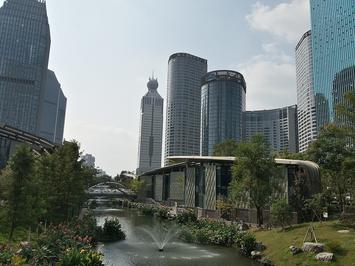
Hangzhou is the capital of Zhejiang Province in China. Hangzhou’s historic core is located approximately 160 kilometers (100 miles) southwest of Shanghai and approximately 1,100 kilometers (675 miles) from Beijing .It is the largest municipality in Zhejiang, having passed Wenzhou within the last decade.
One of the Fastest Growing Municipalities
Population growth has slowed considerably in most of China’s municipalities since 2010, but Hangzhou has continued to gain residents, with the municipality of 10.4 million residents adding 1.7 million residents from 2010 to the end of 2019, according to the most recent city estimate. This makes Hangzhou the fastest growing municipality in the Yangtze Delta region (see: The Shanghai to Changzhou Adjacent Urban Areas) since 2010, having gained more than three times that of similar sized Nanjing and 400,000 more residents than much larger Shanghai.
The Hangzhou built-up urban area has approximately 6.4 million residents. More than 80% of the municipality’s (prefecture) land area is rural (Note 1), though with a density (Photo 1) so high that it has been mischaracterized in some satellite photos as urban.

Adjacent Urban Areas
Hangzhou sits at the western edge of an adjacent built-up urban area corridor stretching 225 kilometers (140 miles) to Zhoushan (Photo 2). Zhoushan is located in Hangzhou Bay and is also the home to the new Port of Shanghai (accessible by land only to Shanghai). The adjacent urbanization runs through from Hangzhou to Shaoxing, Shangyu, Yuyao, Cixi, Ningbo and Zhoushan and includes Fuyang in Hangzhou municipality. These urban areas have a combined population of approximately 16 million.
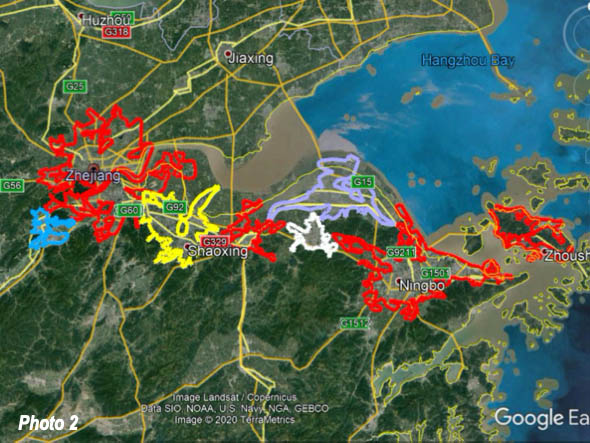
West Lake and Lihue Pagoda
Hangzhou is home to West Lake, located immediately to the west of the historic core (aerial view, Photo 3 toward Shaoxing and including the Qiantang River, Photo 3). The lake is ringed with parkland and historic sites. West Lake is considered one of China’s prime tourist attractions (Photos 4-14). One travel website ranks West Lake as “one of China’s four most beautiful lakes.”
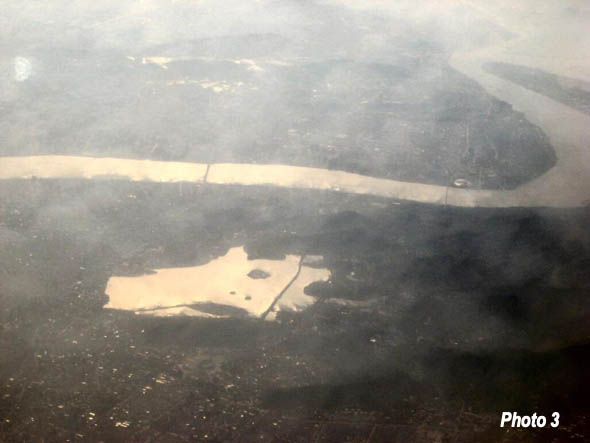
West Lake appears to be large, but in reality is only 6.5 square kilometers (2.5 square kilometers).The south, north and western parts of the lake are hemmed in by hills. The historic core of Hangzhou lies to the east. The lake has three islands, while five causeways cross the lake, in the western and northern sections. Su Causeway, to the west, is the longest at 2.5 kilometers (1.5 miles) and is more than 900 years old (Photos 4-6, at end of article, and visible from the air in Photo 3 above) . There are many tea houses on the northern shore. Boat rides are available across the lake and to the islands.
Liuhe Pagoda is located on the southern shore of West Lake (Photo 15). This structure, with 13 stories, was first built in 970 AD and has since been rebuilt a number of times. The Pagoda was recently modernized, with escalators and elevators. Lihue Pagoda provides expansive views of West Lake and the historic core (Photo 16). Additional historic core views are in Photos 17-19.
The Grand canal and More
Hangzhou is the southern terminus of the Grand Canal, the longest canal in the world which reaches 1100 miles to Beijing. It. The Grand Canal courses through Hangzhou and still carries considerable commercial traffic (Photo 20). The Grand Canal meets the Qiantang River in the middle of Hangzhou.
The Qiantang River enters the Pacific Ocean (East China Sea) through Hangzhou Bay. The river is approximately 0.8 miles (1.3 kilometers) wide at Hangzhou. The south bank is lined with new high-rise luxury condominium buildings (Photo 21). The Qiantang River has the world’s largest tidal bore, at more than 30 feet (9 meters).
A new central business district (CBD) has been constructed on the north bank of the Qiantang River, just to the south of the historic core. Among its most notable buildings are the new Hangzhou city hall (Photo 22) and the Hangzhou City Planning Exhibition Hall (Photo 23). The new CBD also has residential buildings (Photo 24).
Hangzhou: Formerly the Largest City in the World
Hangzhou is an historic city, thought to be the largest city in the world from 1180 to 1315 and from 1348 to 1358.However, such population estimates are uncertain. Estimates of the peak population during this period range from as low as 430,000 to as high as 2.5 million. The higher figure, which seems highly unlikely, was otherwise first exceeded by London between 1850 and 1875.
At its ancient population peak, Hangzhou was capital of the Southern Song Dynasty in the 12th century until it was captured by the Mongols in the following century. Marco Polo spent time there during his epic journey in the late 12th century and described Hangzhou as “beyond dispute the finest and noblest place in the world.”
Connections
Hangzhou is connected to the rest of the nation by the modern “7918” expressway system, which provides access in every direction. This system had reached 150,000 kilometers (93,000) miles by the end of 2019. China has the greatest length of expressways (freeways) in the world, having exceeded the United States (105,000 kilometers/65,000 miles) earlier in the decade.
Hangzhou is also well served by China’s high-speed rail system. There is direct (no transfer) service to Beijing, with the shortest travel times from 4:30 to nearly 7:00, while Shanghai’s Hongqiao station is one hour away.
The Future
Nearby Shanghai, the nation’s largest urban area, has instituted strong population control measures over the past five years. In the first four years following the 2010 census, Shanghai added 1.2 million residents, but only approximately 25,000 since that time. Much of Shanghai’s growth could be diverted to Hangzhou, with its extensive rural land. Hangzhou does not seem likely to be restored to its position as the world’s largest city, but could gain substantial additional population in the near future.
Detailed urban area population and urban land area data can be found in Demographia World Urban Areas.
Note 1: China’s municipalities are often confusingly called “cities” in English. The problem is that, with the exception of Shanghai, all of China’s municipalities have more rural land than urban land. Each has counties within the municipalities, something that occurs only in New York City in the United States. China’s municipalities were formerly called prefectures, which is a better translation into English.
Note 2: Parts of this article are adapted from Hangzhou Rental Car Tour.
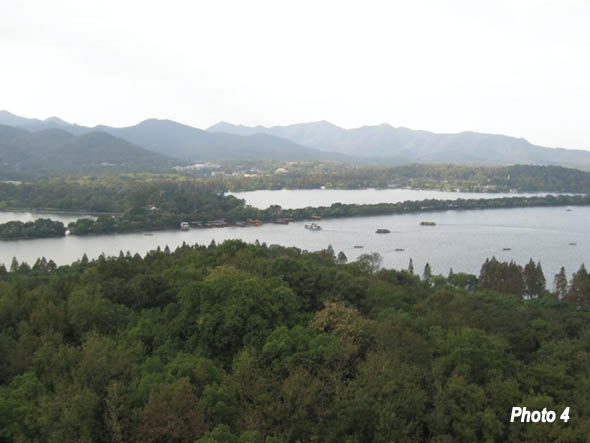
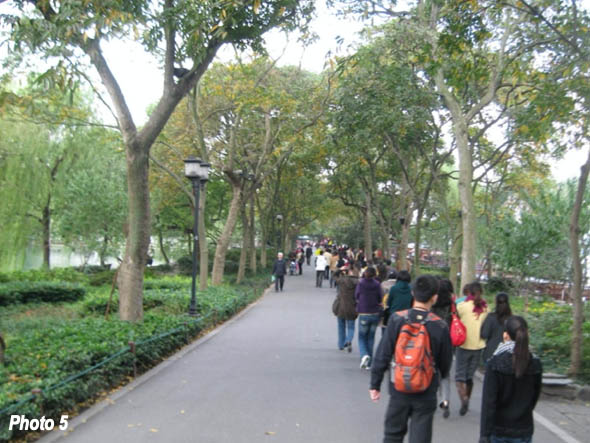
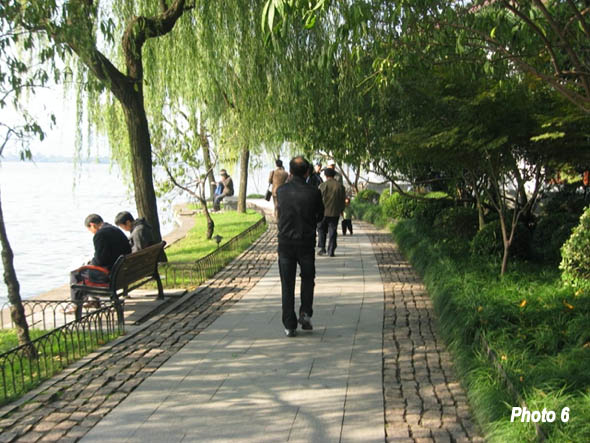
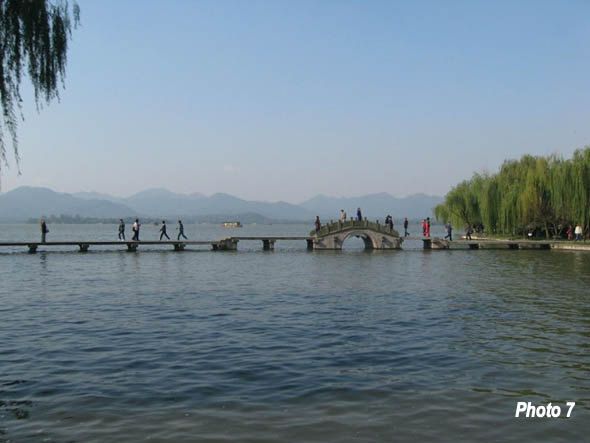
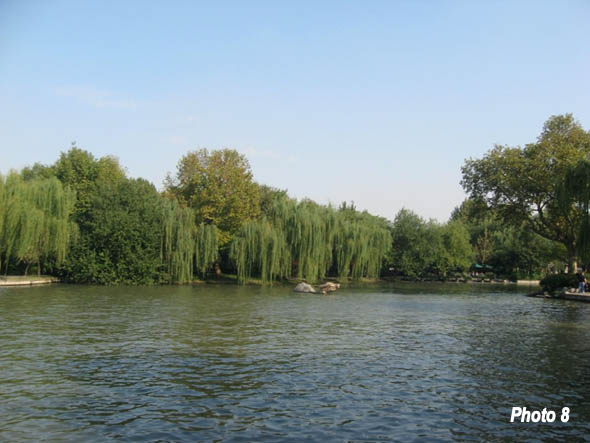
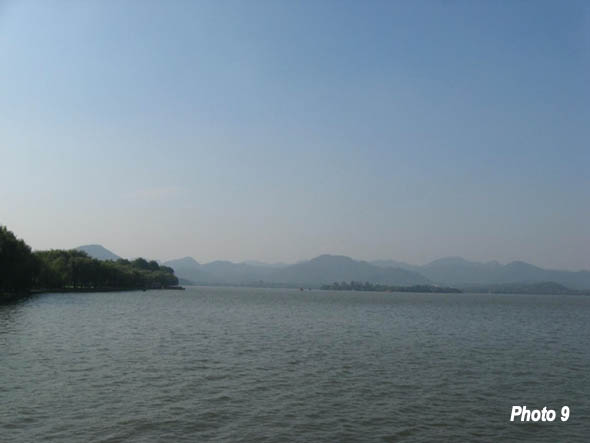
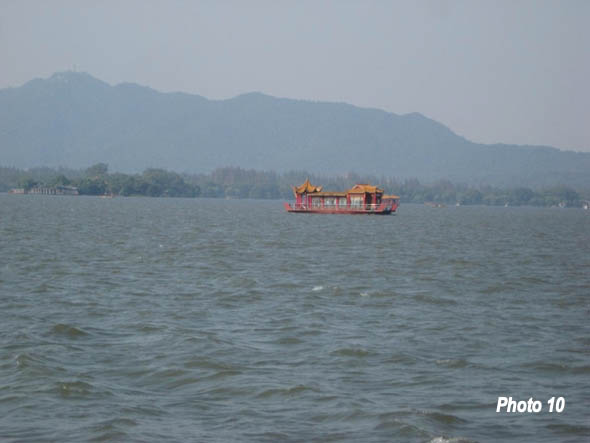
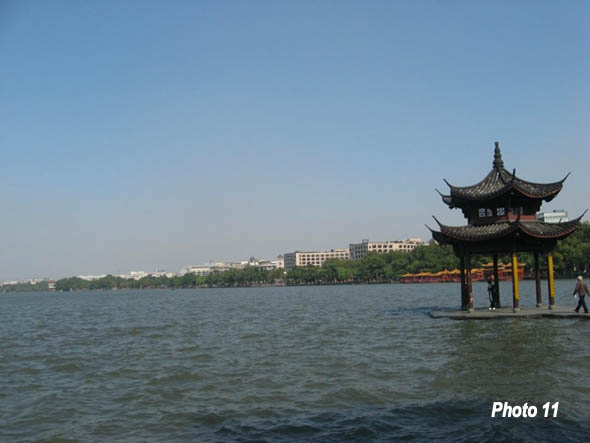
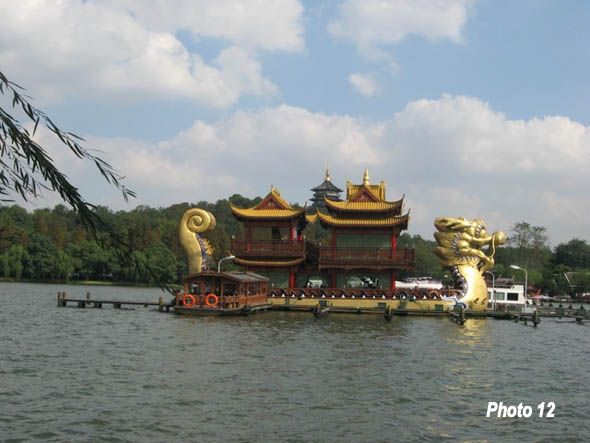
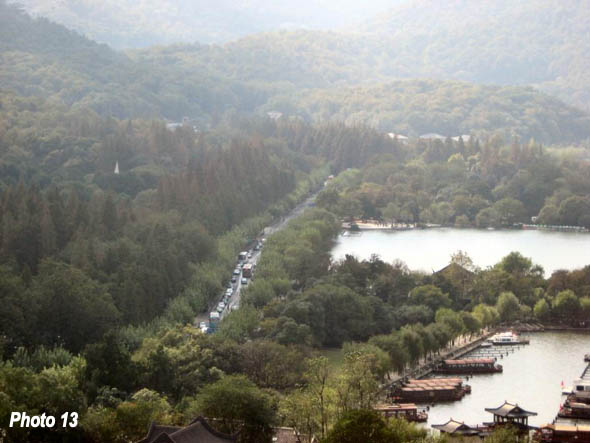
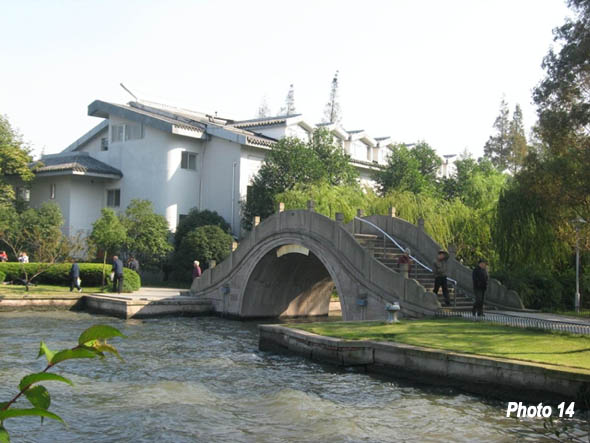
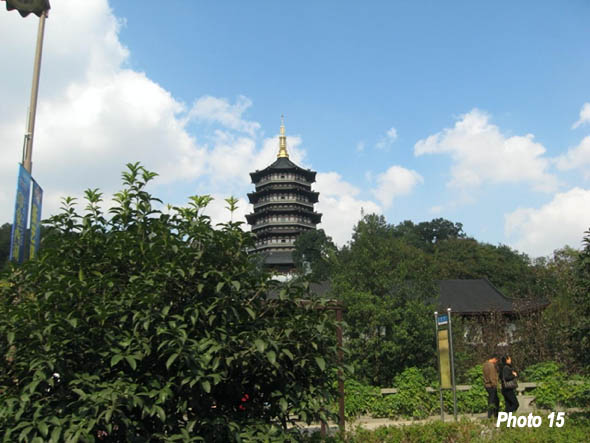
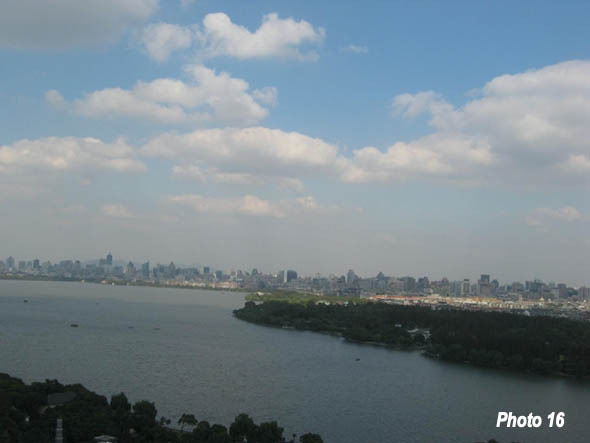
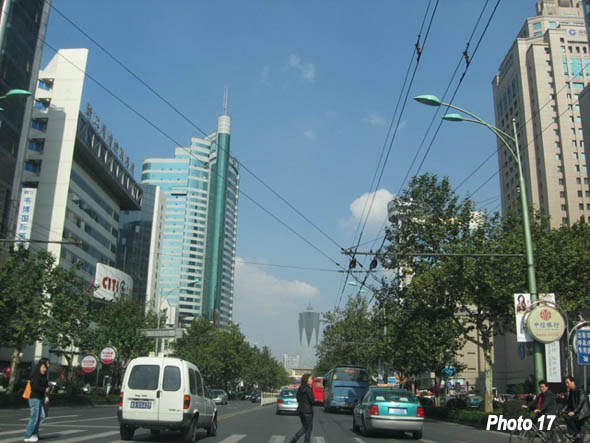
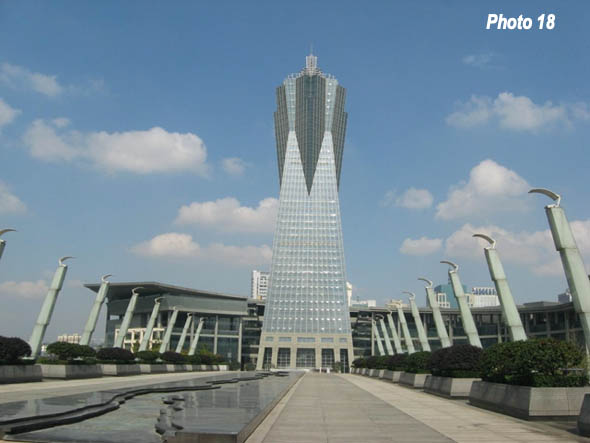
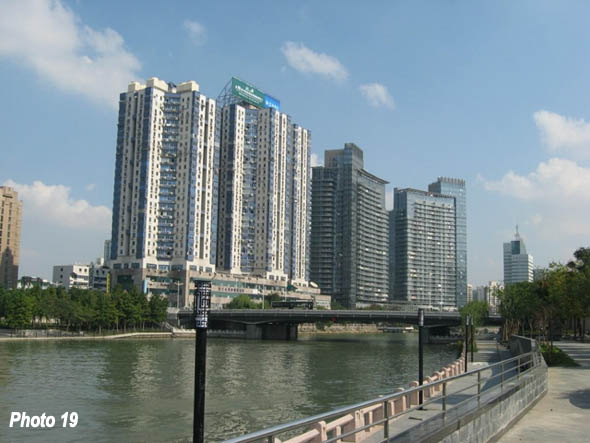
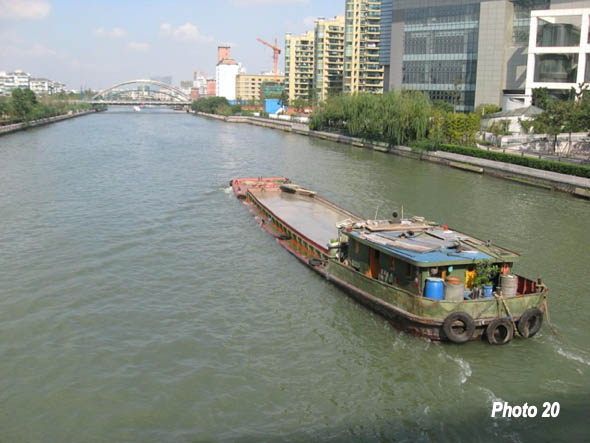
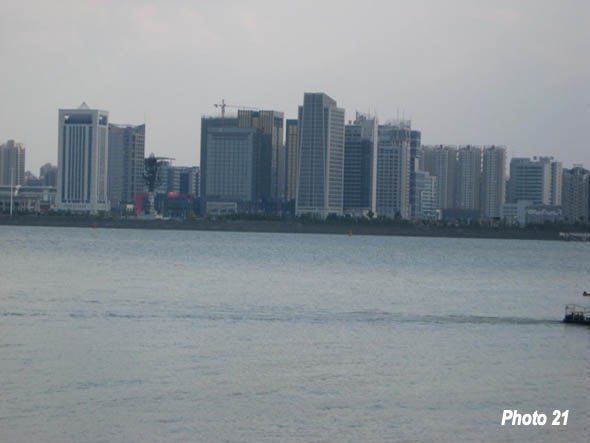
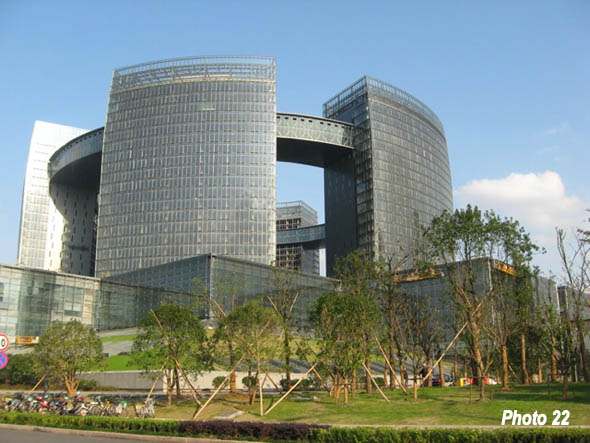
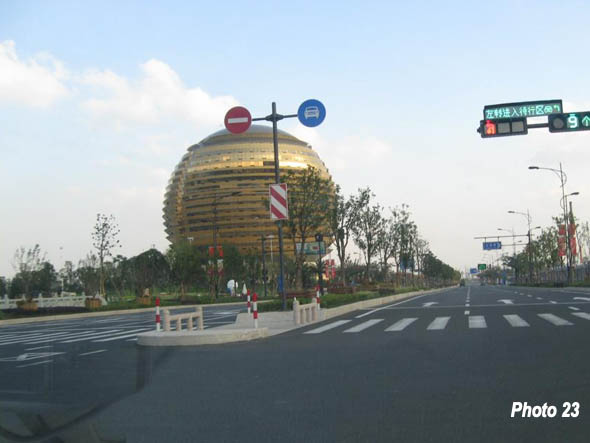
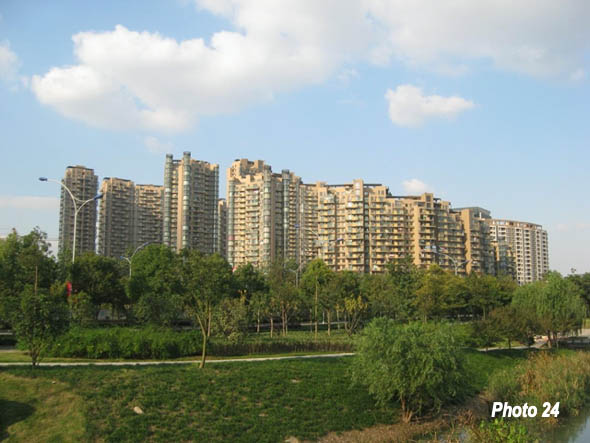
Photo: lead photo of Hangzhou Central Business District via Wikimedia under CC 4.0 License. Other photos by author, except photo 2 from Google Earth.
Wendell Cox is principal of Demographia, an international public policy firm located in the St. Louis metropolitan area. He is a founding senior fellow at the Urban Reform Institute, Houston and a member of the Advisory Board of the Center for Demographics and Policy at Chapman University in Orange, California. He has served as a visiting professor at the Conservatoire National des Arts et Metiers in Paris. His principal interests are economics, poverty alleviation, demographics, urban policy and transport. He is co-author of the annual Demographia International Housing Affordability Survey and author of Demographia World Urban Areas.
Mayor Tom Bradley appointed him to three terms on the Los Angeles County Transportation Commission (1977-1985) and Speaker of the House Newt Gingrich appointed him to the Amtrak Reform Council, to complete the unexpired term of New Jersey Governor Christine Todd Whitman (1999-2002). He is author of War on the Dream: How Anti-Sprawl Policy Threatens the Quality of Life and Toward More Prosperous Cities: A Framing Essay on Urban Areas, Transport, Planning and the Dimensions of Sustainability.












